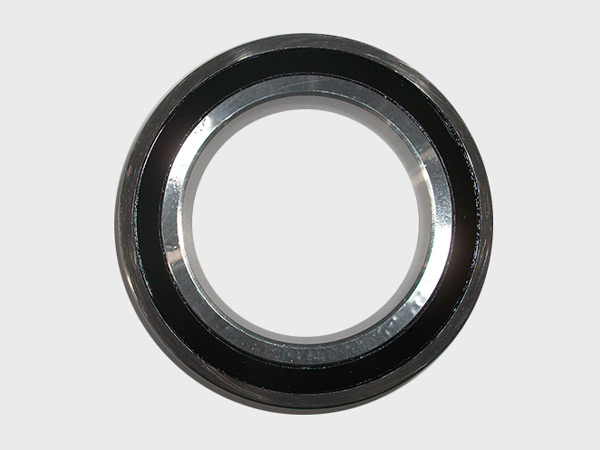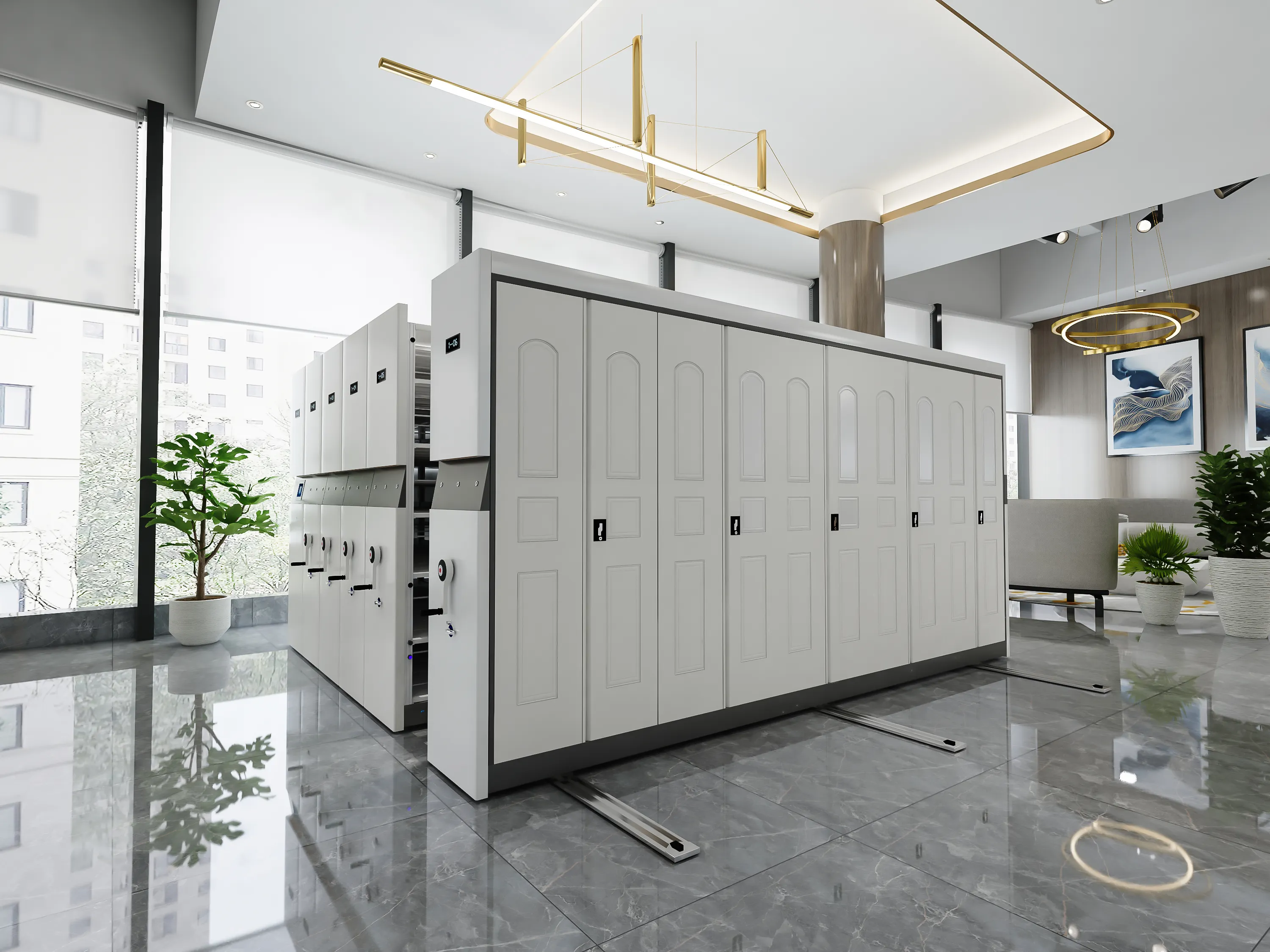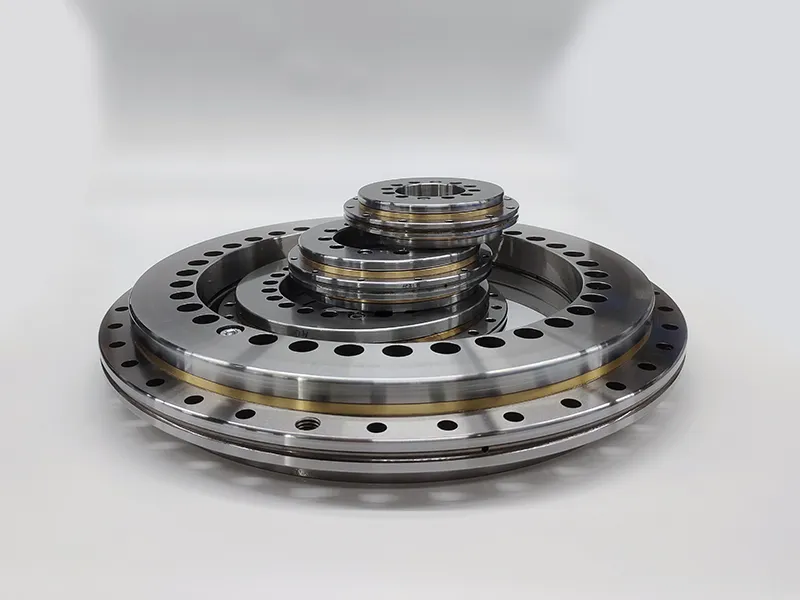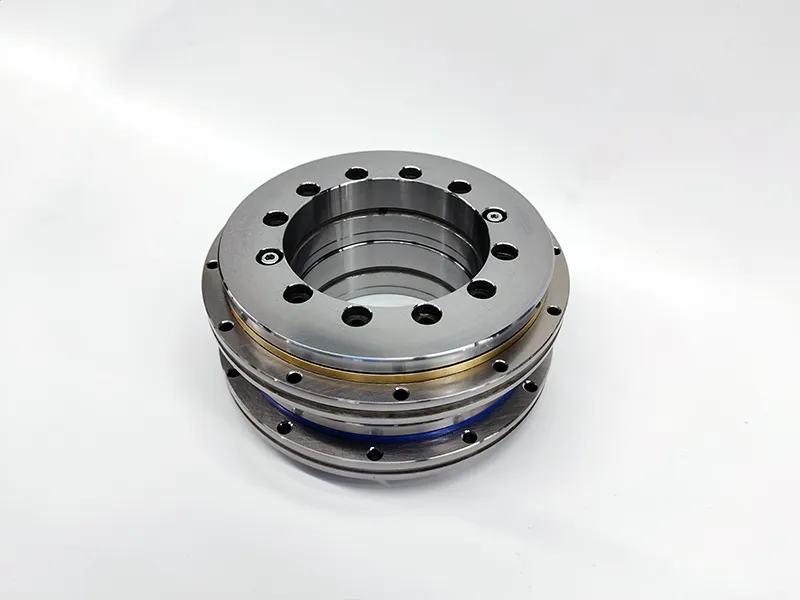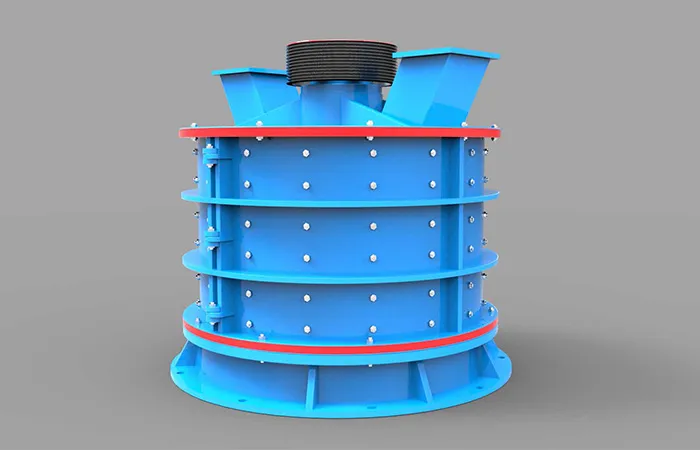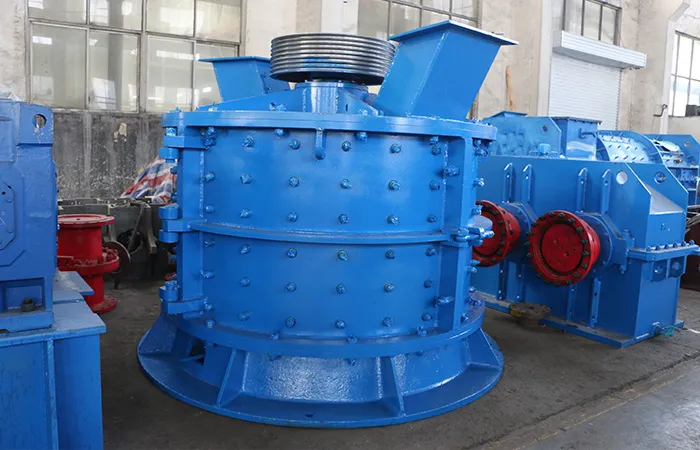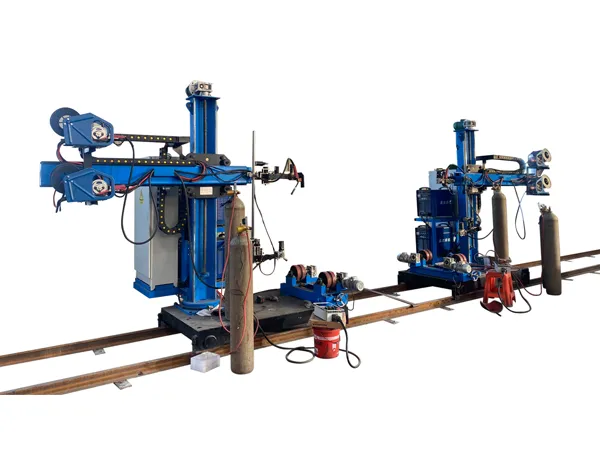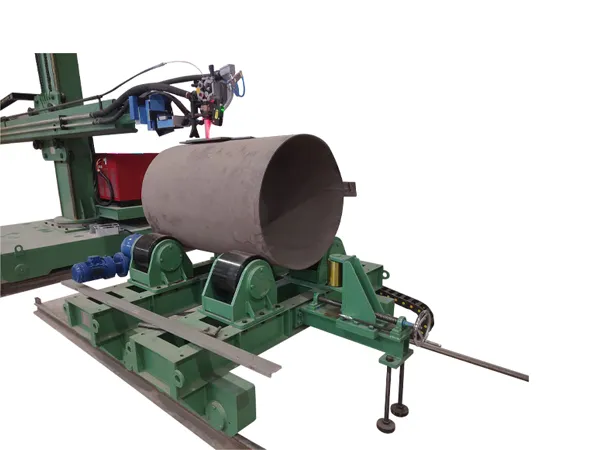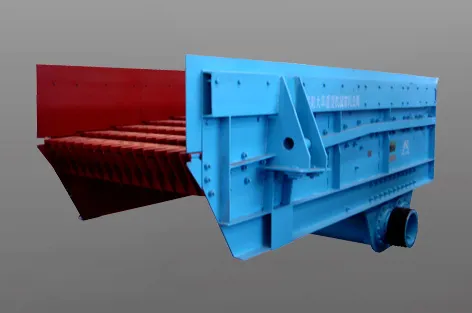Setting the temperature of a continuous tempering furnace requires understanding the material properties, desired tempering outcomes, and the specific equipment you are working with.
Continuous tempering furnace temperature setting
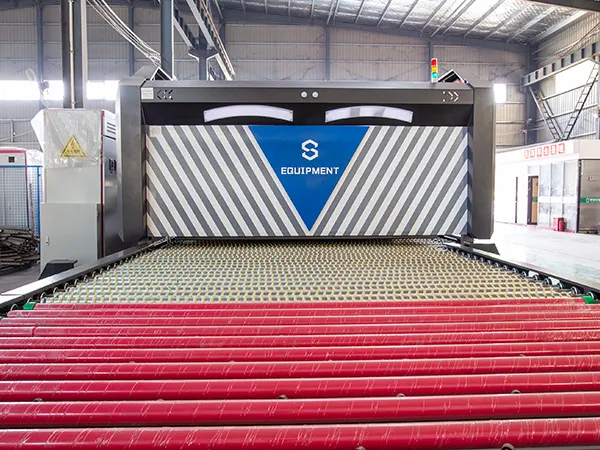
1. Understand the Material Properties
Material Type: Different materials require different tempering temperatures. For instance, steel, aluminum, and glass each have specific temperature ranges.
Material Thickness: Thicker materials might require longer tempering times or slightly different temperatures.
Previous Treatments: Consider any prior heat treatments the material has undergone, as this can affect the tempering process.
2. Determine the Desired Tempering Outcome
Mechanical Properties: Define the desired hardness, toughness, and ductility. For example, higher temperatures typically reduce hardness but increase ductility.
Industry Standards: Refer to industry standards or manufacturer’s guidelines for specific tempering ranges.
3. Consult Technical Documentation
Equipment Manual: Review the furnace’s manual for specific instructions on setting temperatures.
Process Specifications: Look for any existing process specifications or standard operating procedures that outline tempering parameters.
4. Set the Temperature Controls
Control Panel: Access the furnace’s control panel, which typically allows you to set and adjust the temperature.
Temperature Zones: If the furnace has multiple zones, set each zone according to the required profile. Some continuous furnaces have preheat, heating, and cooling zones.
Ramp Rate: Set the ramp rate if the furnace has this capability, which controls how quickly the temperature increases to the set point.
5. Programming the Temperature Profile
Initial Setup: Enter the desired temperature for the tempering phase. For instance, tempering steel might require a temperature range of 400-600°C (752-1112°F).
Soak Time: Program the duration the material should be held at the tempering temperature. This can vary from minutes to hours depending on the material and desired properties.
Cooling Rate: Set the cooling rate if the furnace allows. Controlled cooling might be necessary for certain materials to achieve the desired properties.
6. Monitoring and Adjustments
Thermocouples and Sensors: Ensure thermocouples and other temperature sensors are properly placed and functioning to monitor the furnace temperature accurately.
Initial Run: Perform an initial run and closely monitor the temperature profile. Adjust settings as needed based on the performance and output.
7. Quality Control
Sample Testing: Test samples of the tempered material for desired properties like hardness and tensile strength.
Adjust Parameters: If the results are not as expected, fine-tune the temperature settings and soak time.
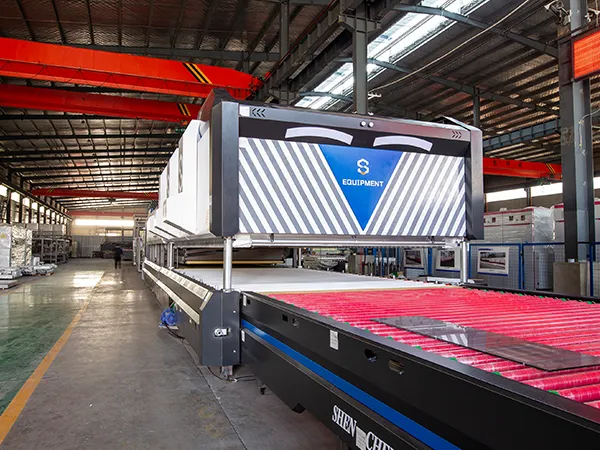
Example: Tempering Steel
For instance, if you are tempering a medium-carbon steel:
Preheat Zone: Set to 300°C (572°F) to gradually increase the temperature.
Heating Zone: Set to the target tempering temperature of 500°C (932°F).
Soak Time: Maintain this temperature for 1 hour.
…
For more detailed information on continuous tempering furnace temperature settings, please click here: https://www.shencglass.com/en/a/news/continuous-tempering-furnace-temperature-setting.html




